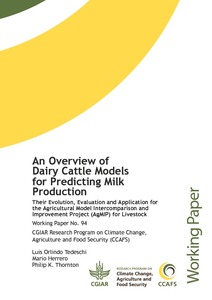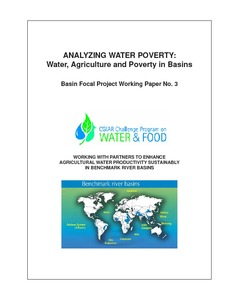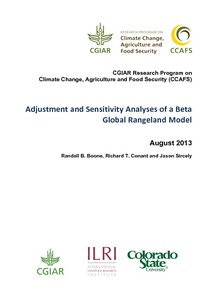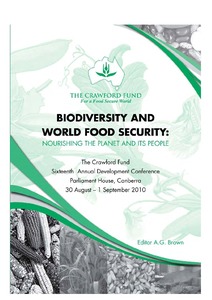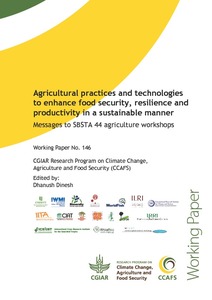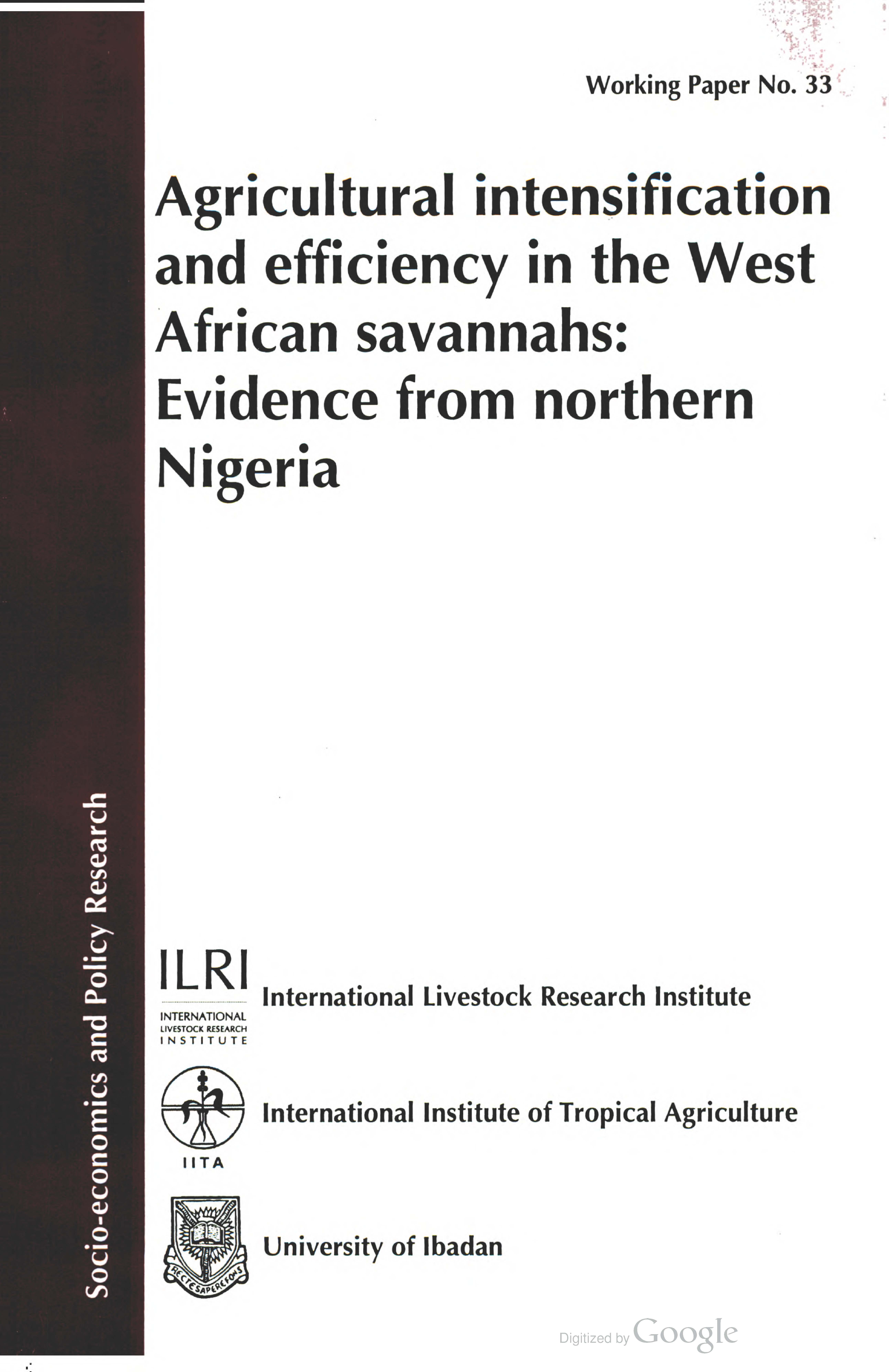An Agroforestry guide for field practitioners
Over the past several decades, DRP Korea has suffered from extensive land degradation leading to the loss of livelihoods causing increased food insecurity. To restore degraded sloping land, the Ministry of Land and Environmental Protection of DPR of Korea (MoLEP), the Swiss Agency for Development and Cooperation (SDC) and the World Agroforestry Centre (ICRAF), have been promoting the multi-purpose use of trees to transform landscapes and livelihoods using a participatory approach.



